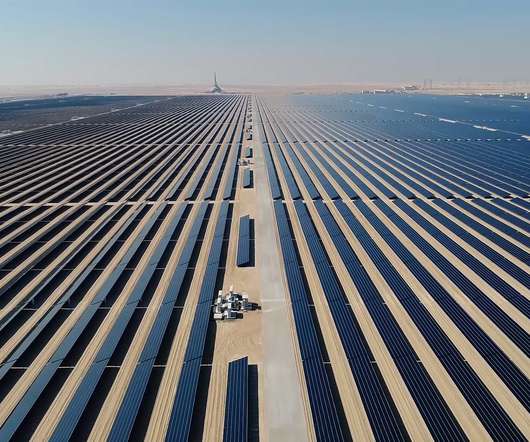US shift toward wind and solar will cut coal, make EVs cleaner
Green Car Reports
JANUARY 24, 2023
Increased use of renewable energy will help reduce electricity generation from coal and natural gas power plants, according to the U.S. Energy Information Administration (EIA) in turn making EVs cleaner.


















Let's personalize your content